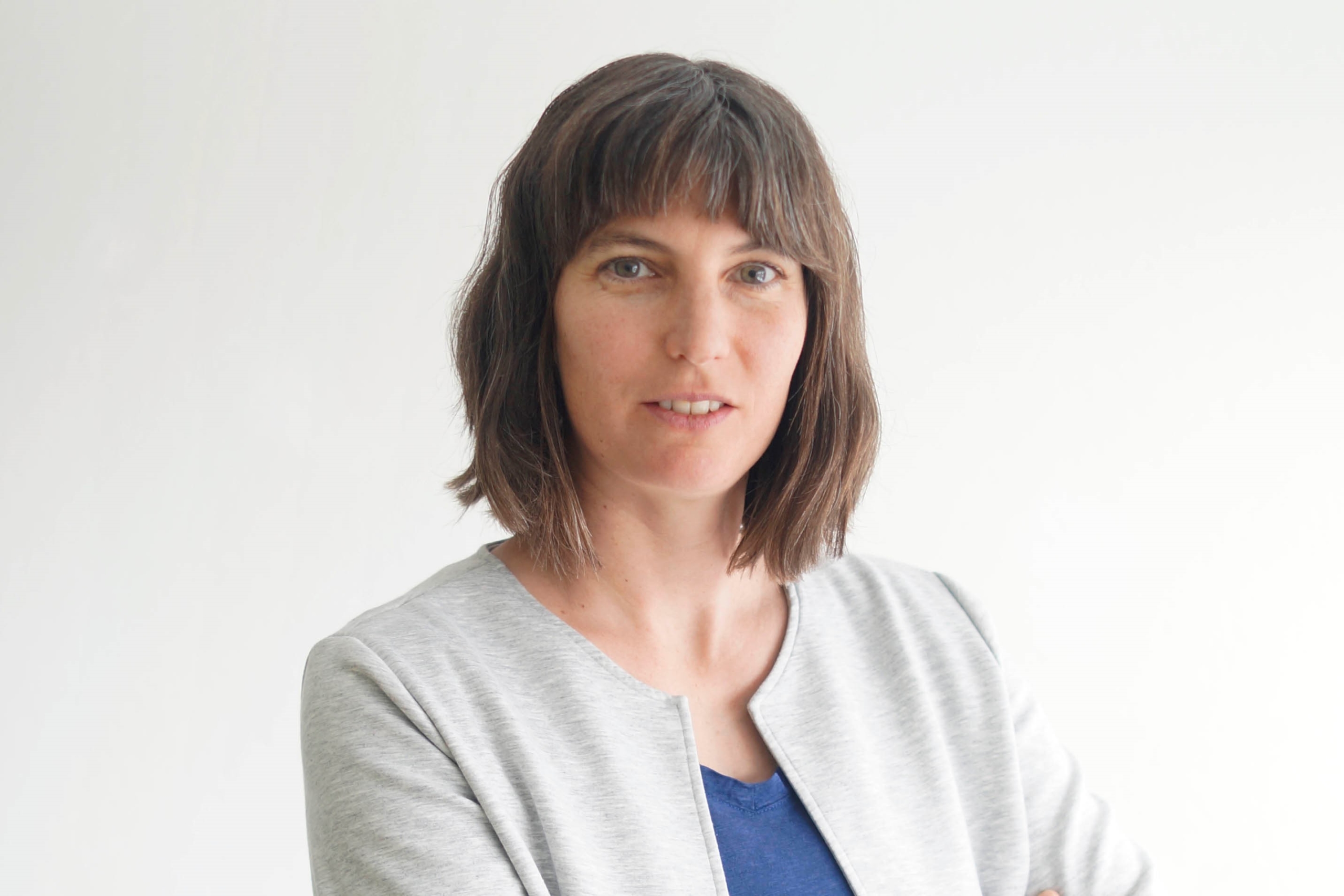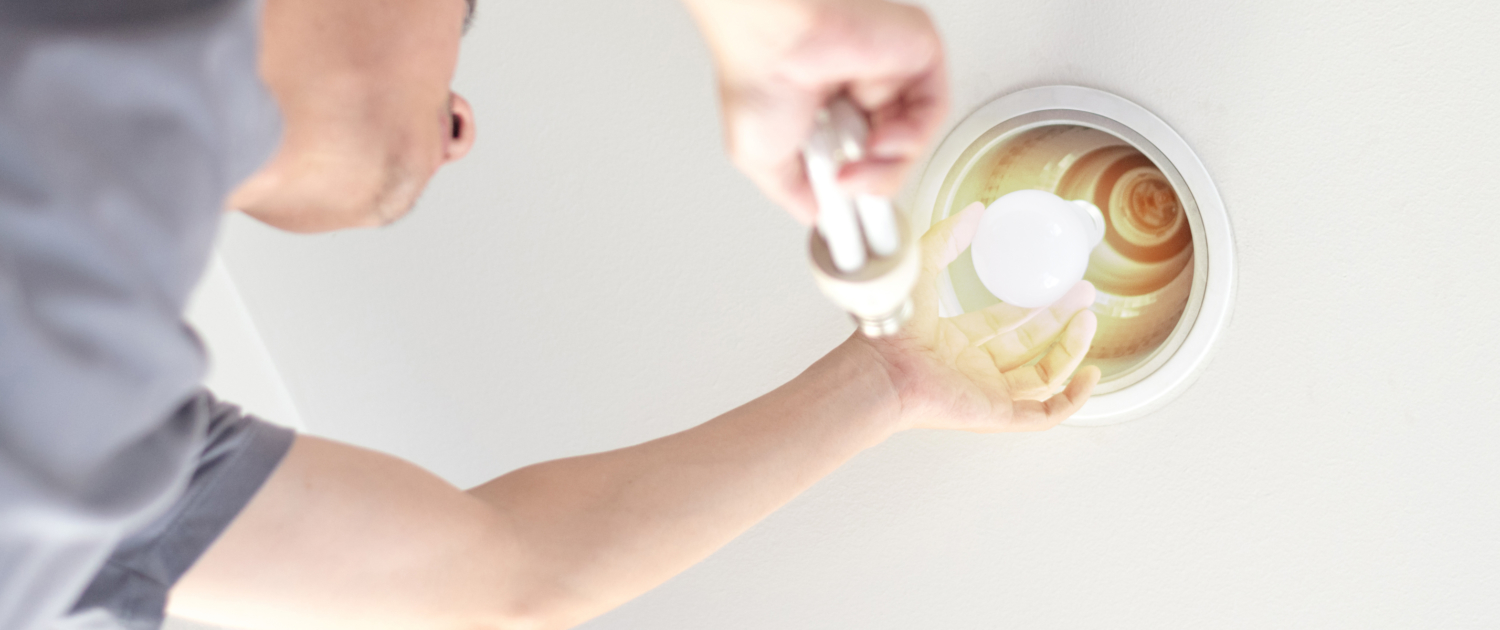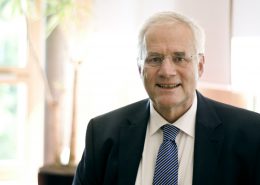Putting an end to mercury in lamps
Although energy-saving lamps are energy-efficient, they are now to disappear from the market. The reason: these lamps contain mercury - they don't work without it. But with the new LED lamps, there are now alternatives. Energeiaplus asks Harold Bouchex-Bellomie of the Federal Office for the Environment what the new rules are and why Switzerland is also banning mercury in lamps. Eva Geilinger, specialist at the Swiss Federal Office of Energy, explains what this ban means in terms of energy efficiency.
Thebackground to the ban is the EU's RoHS Directive (Restriction on use of hazardous substances). It states that electrical and electronic equipment containing mercury may no longer be placed on the market. Unless the EU Commission grants exceptions. Such exemptions existed for lamps. These exceptions now no longer apply to those mercury-containing lamps for which there are alternatives on the market. Switzerland, like the EU, is suspending these exemptions. Compact fluorescent lamps are banned from February 25, 2023, linear fluorescent lamps T5 and T8 from August 25, 2023. An overview can be found here.
Energeiaplus: Where exactly is the problem with the mercury in these lamps? When they light up? When they are disposed of?

Harold Bouchex-Bellomie is a technical specialist in the Industrial Chemicals Section at the Federal Office for the Environment. Image: zvg
Harold Bouchex-Bellomie: Mercury is a highly toxic heavy metal that damages human health and the environment. Once released into the environment, it is transported long distances through air and water. For over thirty years, regulations have been in place in Switzerland to restrict the use of mercury in products when suitable alternatives are available
At the end of their service life, mercury-containing lamps are special waste that must be collected and disposed of separately. Their environmentally sound disposal is technically challenging. There are efforts to ban mercury from lamps not only in Europe but also in other parts of the world. The Minamata Convention of the UN Environment Programme, which came into force in August 2017, also contains restrictions on lamps containing mercury.
However, not all lamps containing mercury will be banned. Why are there still exceptions?
Exemptions are needed where mercury replacement is not possible for technical or economic reasons, or where the reliability of mercury-free products cannot be guaranteed. Some special lamps such as safety lamps, UV lamps or projectors are still allowed to contain mercury. Experts advocated that the exemption for these lamps be extended by three to five years.
The important thing is that the alternatives to mercury-containing lamps must have advantages - for the environment, health and consumer safety.
Estimates for the EU region suggest that around 5000 million lamps containing mercury are installed - mainly compact and linear fluorescent lamps. This looks like a major upheaval in the lamp market. Where does Switzerland stand?
Roughly estimated, there are 100 million mercury-containing lamps in use in Switzerland. In 2020, out of 100 lamps sold, around 20 were still those containing mercury. This share will decrease sharply after 2023 due to the regulations of the energy and chemicals legislation.
What does this ban mean for me as a consumer?
In most cases, mercury-containing lamps can be replaced by energy-efficient LED lamps. In a few cases, the technical equipment must be adapted for a lamp replacement.
Sales outlets may still have such mercury-containing lamps in stock. Are you now no longer allowed to sell them?
If the lamps meet the requirement of the Energy Efficiency Ordinancefor dispensing, sales outlets may sell the existing stocks of mercury-containing lamps without a time limit.
Lamps without mercury pollute the environment less. Energy-saving lamps - the name says it all - are efficient. What will happen in terms of energy efficiency if these lamps are now banned? Energeiaplus wanted to know this from Eva Geilinger, specialist at the Swiss Federal Office of Energy.

Eva Geilinger is responsible for lighting at the Swiss Federal Office of Energy.
Energeiaplus: LED is now the dominant system in lighting. They are considered long-lasting and energy-saving. Will the ban on mercury-containing lamps lead to further energy savings?
Eva Geilinger: Yes, because today's LED products are much more efficient than the mercury-containing fluorescent lamps. Fluorescent lamps emit an amount of light around 100 lumens per watt (comparison: incandescent bulb: 12 lumens per watt), but current LEDs manage even more than 160 lumens per watt and will increase even more in the coming years. The amount of light per electrical power, i.e. the lumens per watt, is the measure for the energy efficiency of light sources
The early phase-out of mercury-containing fluorescent lamps that has now been decided will bring us further welcome electricity savings of - roughly estimated - around 30 GWh per year over the next five years or so. In the longer term, however, there will be no further savings. Market experts assume that the production of fluorescent lamps would have been discontinued in a few years even without a ban, as it becomes less and less economically viable.
There is a lot going on in the lighting market at the moment: various types of lamps are being banned because they do not meet the requirements in terms of energy efficiency, and now there is a ban on lamps containing mercury for environmental reasons. How can I, as a consumer, keep track of all this?
Not too much will change for consumers. The new LED lamps usually fit into the given socket of the luminaire. Depending on the lamp, the price is higher. However, this is compensated for by the longer service life of the LED lamps. In addition, these lamps also consume less electricity
In the case of fluorescent lamps with a plug-in base, the luminaire includes a ballast and sometimes also a starter. Without it, the lamp will not work. When replacing, make sure that the new lamp matches the type of ballast you have (CCG, CCG or ECG). So in case of doubt, it is best to ask the electrician. Caution: If an electronic ballast (EB) has to be bypassed when replacing the lamp, the replacement must only be carried out by a specialist.
And what are the consequences of the new regulations in the commercial sector - for example for lighting in an underground car park or in a department store?
In the commercial sector, where many fluorescent tubes are used, the changes are more drastic. Here, it will be necessary to consider whether a complete refurbishment of the lighting makes more sense than retrofitting (old lamp out, new one in). The experts usually recommend a total refurbishment, as this also improves the quality of the lighting. And thanks to modern control systems, electricity costs can often be cut by a third or even half. It's good to know that complete renovations can be financially supported by the ProKilowatt subsidy.
Since September 1, 2021, light sources must also be declared with the new energy label. How is this introduction going? What do you hear from the industry?
The new energy label was urgently needed because technical developments had far outstripped the old scale. Now the differences in modern LED lamps can be shown again. However, it has led to confusion in some cases because the best LED lamps at present are in classes B and C according to the new scale
Those who still remember the old A++ classification for the same lamps may wonder whether the lamps have suddenly become worse. But this is not the case. It is only the classification that has become much stricter. The best class A even remains unused for the time being as a reserve for future lamps that are even more efficient than what is possible today. Stocks with the old energy label may still be sold until the end of 2022. So from 2023, an end is in sight for confusing packaging information.
Information on the new regulations is also available here:
chemicals@bafu.admin.ch, www.bafu.ch
or:
elektrogeraete@bfe.admin.ch, www.bfe.ch
Interview: Brigitte Mader, Communications, Swiss Federal Office of Energy
Image: shutterstock, Item ID: 790594240
 shutterstock
shutterstock
 SwisscomÉconomiser l’énergie grâce à des solutions intelligentes
SwisscomÉconomiser l’énergie grâce à des solutions intelligentes  Wer bezahlt Stilllegung und Entsorgung?
Wer bezahlt Stilllegung und Entsorgung?  Geothermie-SchweizDer Zeitpunkt für Geothermie ist günstig
Geothermie-SchweizDer Zeitpunkt für Geothermie ist günstig  zvg - Prestaball, ReconvilierFür mehr Energie im Winter: Geeigneten Abfall lagern statt im Sommer verbrennen
zvg - Prestaball, ReconvilierFür mehr Energie im Winter: Geeigneten Abfall lagern statt im Sommer verbrennen 
 Swissgrid
Swissgrid shutterstock
shutterstock
Neuste Kommentare